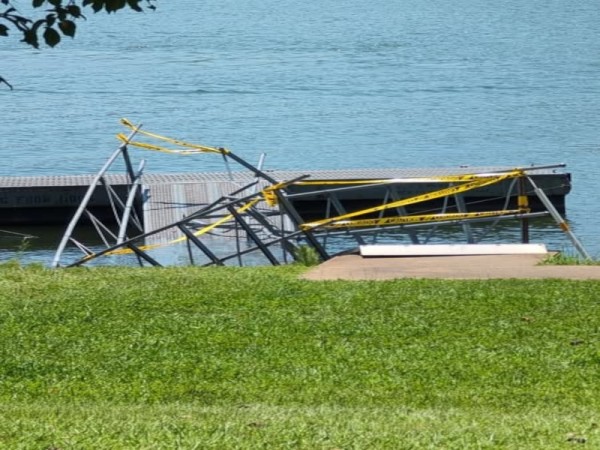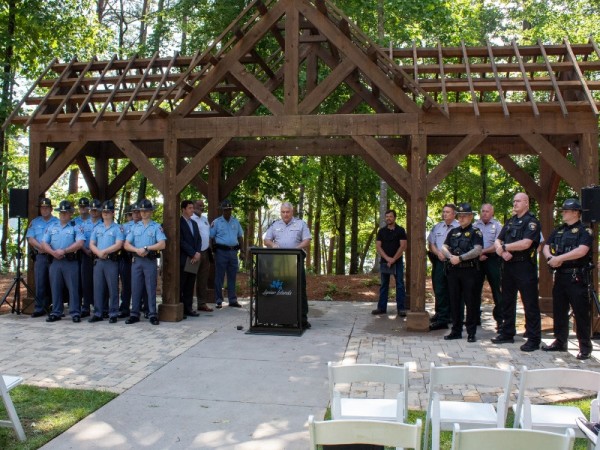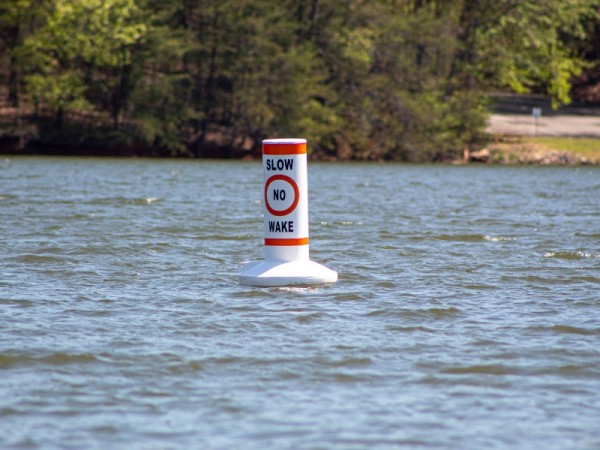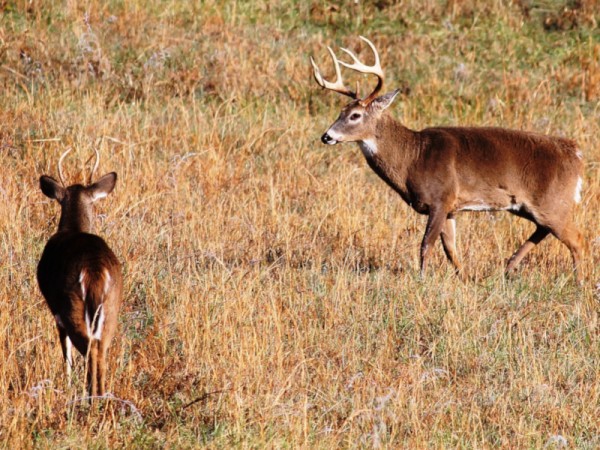As people in North Georgia become more active with outdoor activity during warm seasons, so do snakes.
"Certainly because they're cold-blooded, they're not as active in the winter, and once it starts to consistently warm up, they do emerge and become more apparent," Georgia Department of Natural Resources Senior Wildlife Biologist John Jensen said.
The good news for safety is that of Georgia's 46 snake species, only six are venomous, according to Jensen.
"In the Gainesville area, you really only have two venomous species, and that's the copperhead and the timber rattlesnake, and the timber rattlesnake tends to be more in rural areas away from houses and buildings and such," Jensen said.
The copperhead, however, does do well in suburban settings, according to Jensen.
"The one good takeaway from copperheads is they're the least potent of our venomous snakes and are not really capable of killing a human being."
The Gainesville area's low number of venomous species makes it easy to determine if a snake you encounter is one of them. Jensen recommends learning characteristics of those two species. Of course the timber rattlesnake has a rattle.
"Then all you need to do is learn how to identify a copperhead, which has real distinctive hour-glass shaped bands on them."
Jensen, who appeared on The Afternoon News Wrap with Russell Brown on WDUN, said the advice for avoiding a bite is "not necessarily to run away, but to get away from the snake, especially if you don't know what species it is."
Jensen said trying to kill a snake usually involves getting closer to it, putting a person in harm's way if it's venomous.
"Most of the venomous snake bites that happen usually happen to people's hands, which tells you that they they're messing with the snake or getting themselves too close."
If you do happen to get bitten, Jensen said old tactics like tourniquets and trying to suck out the venom are counterproductive. He said the best treatment is to get to a hospital.
"You should have no problem getting to a hospital in plenty of enough time for them to decide the treatment."
Jensen, who has been bitten thousands of times over his career, said he's never been bitten by a venomous species, and doesn't intend to.
"I don't put myself into a situation where that's likely going to happen."
















